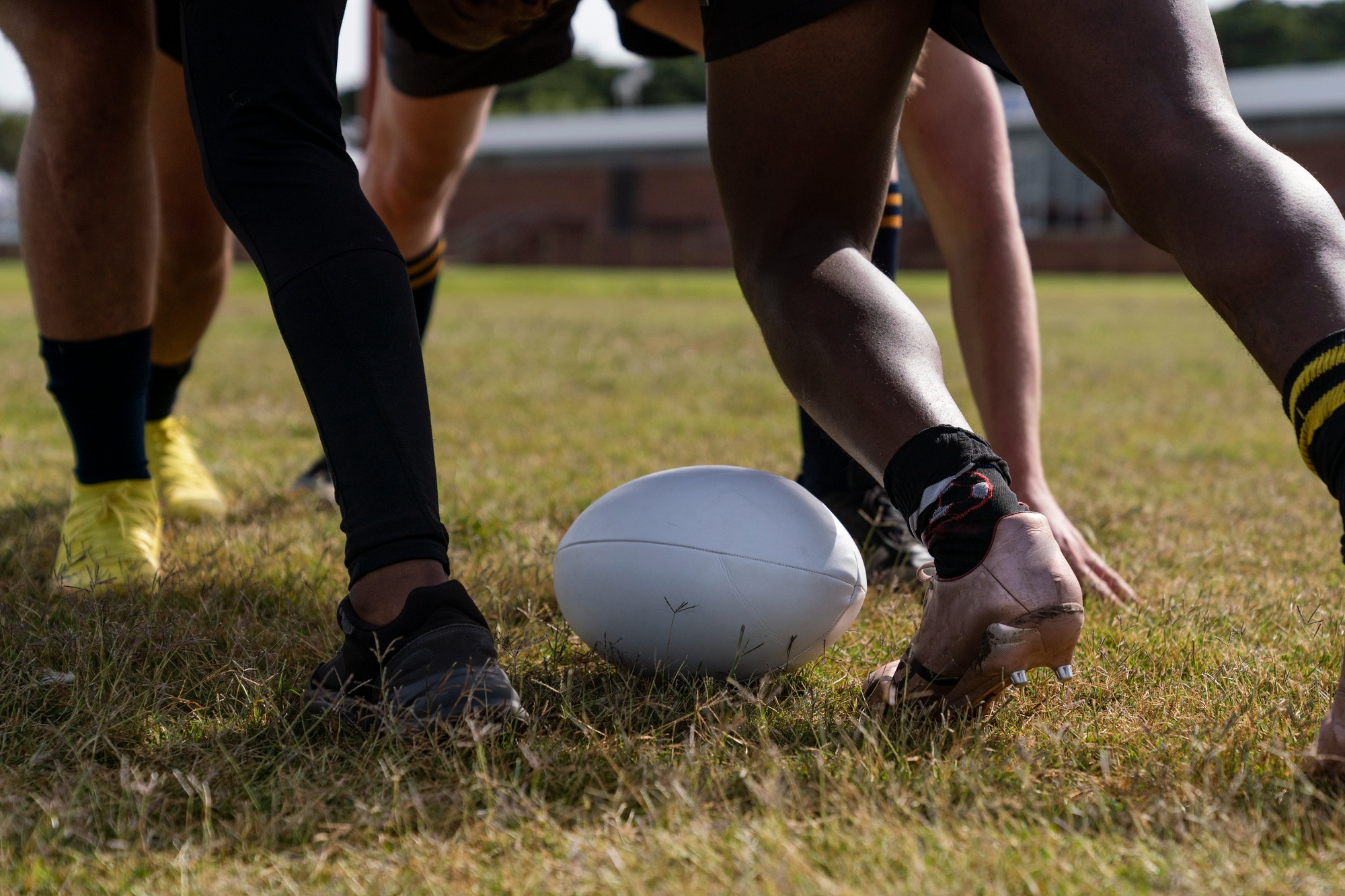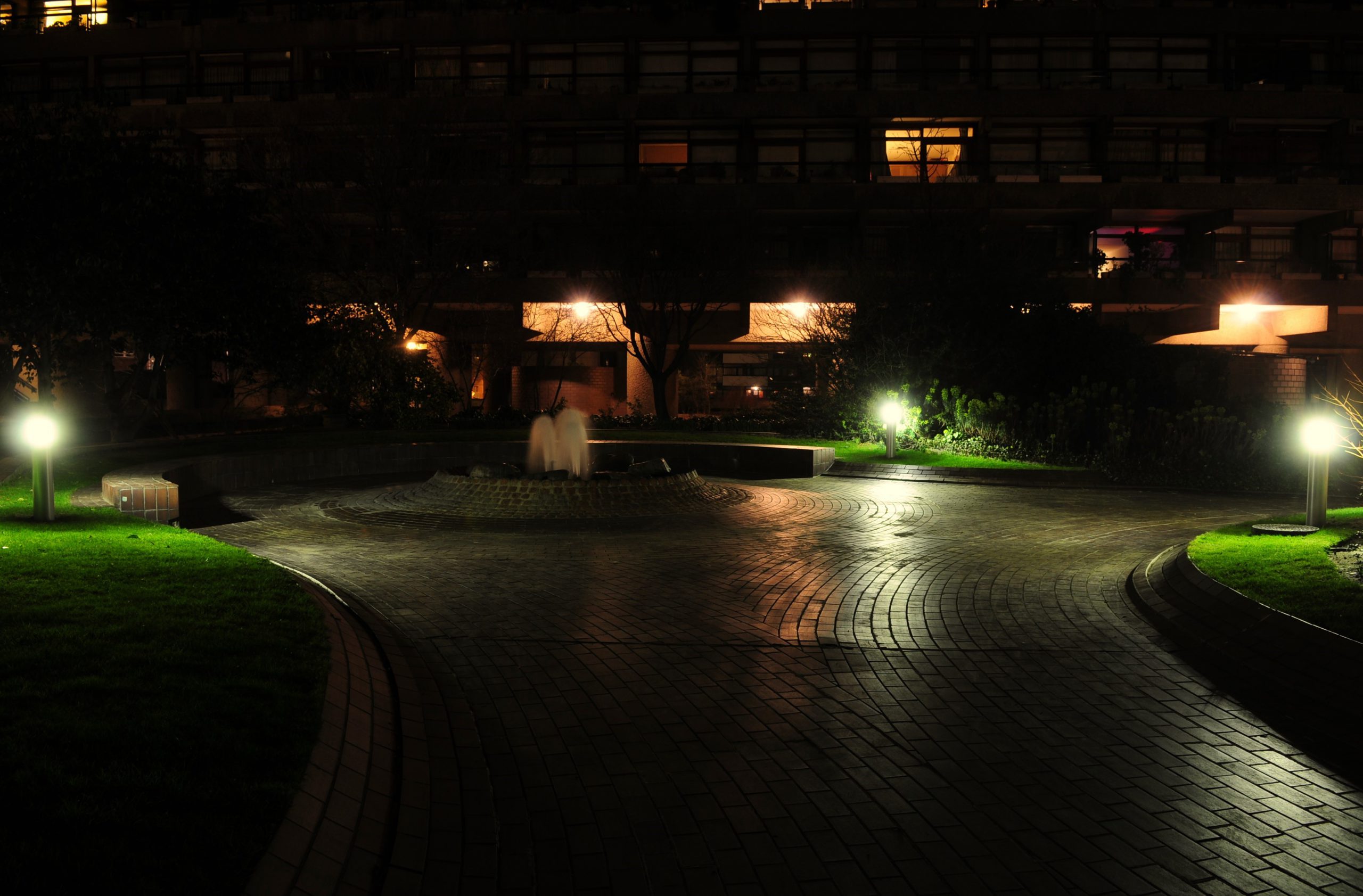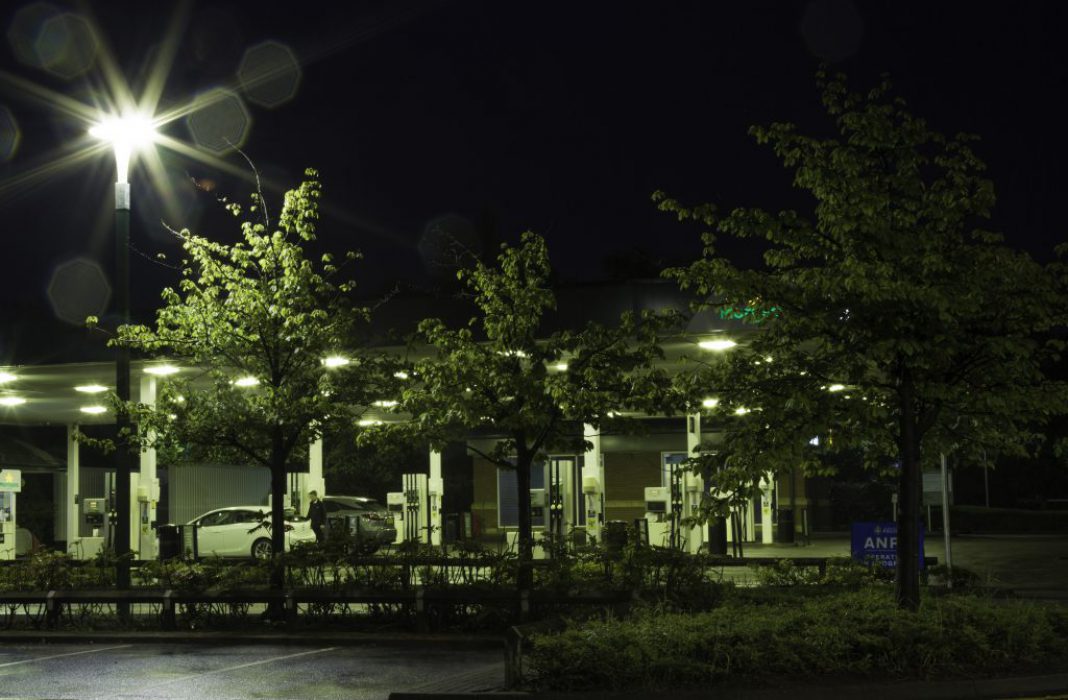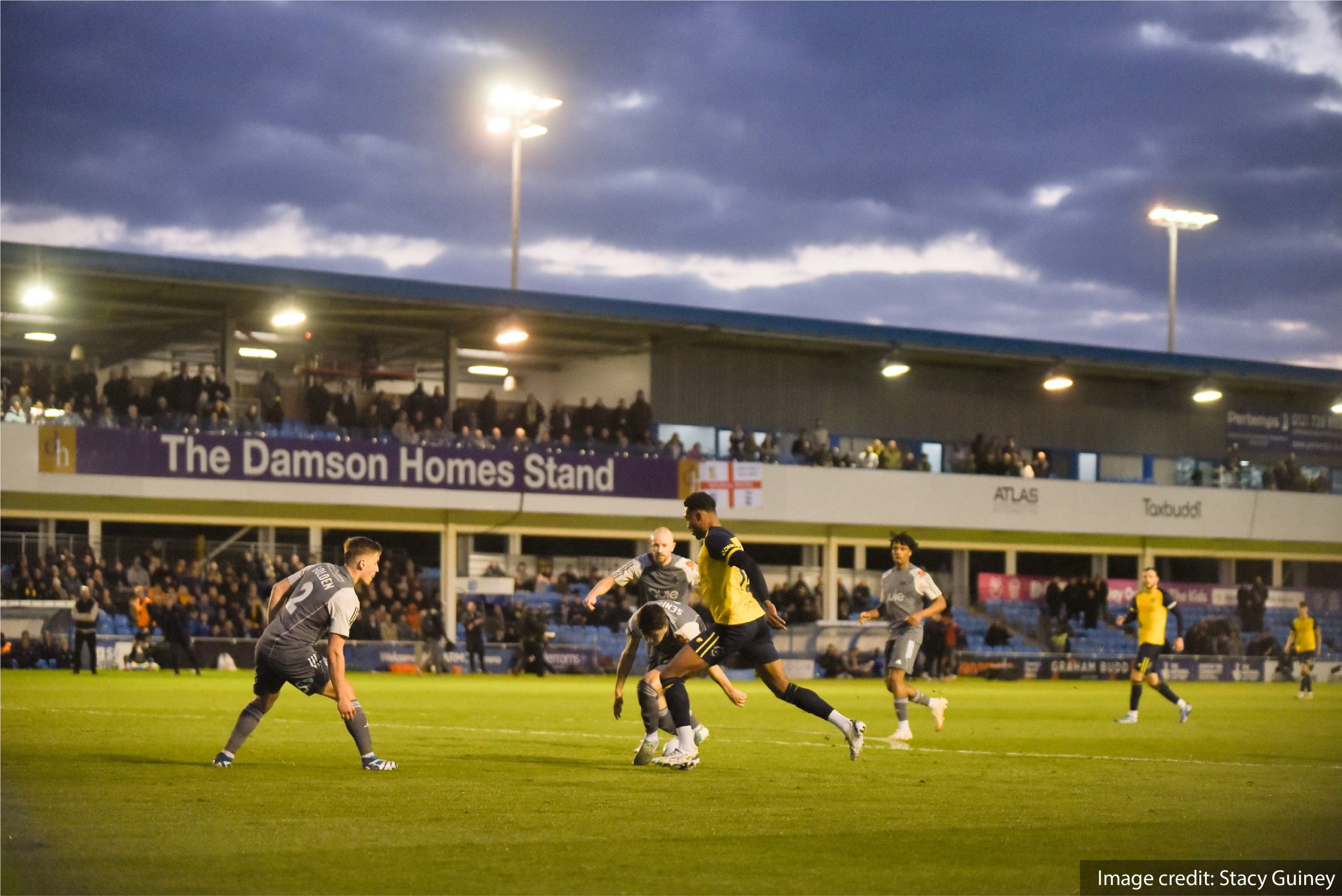
At Abacus Lighting, we envision a future where our lighting solutions coexist harmoniously with the natural world. As responsible lighting manufacturers, we are committed to developing and promoting wildlife-friendly lighting solutions.
One of the critical aspects influencing the impact of artificial lighting on wildlife is the colour temperature. Research has consistently shown that certain colour temperatures can have profound effects on nocturnal animals, especially bats. As supporters of sustainability, Abacus Lighting recognises the importance of finding a balance between human needs and preserving the natural behaviour of wildlife.
The ideal colour temperature for wildlife-friendly lighting, especially in areas frequented by bats, is 2700K or lower. This warm, amber hue closely mimics the natural light conditions found in the environment during dusk and dawn. Unlike higher colour temperatures that emit cooler, bluish tones, the 2700K lighting is less disruptive to nocturnal creatures.
Why is this important?
In line with the insights provided by the ILP GN08 article, which underscores the significance of light temperature in mitigating ecological impacts, Abacus Lighting recognises the crucial role bats play in maintaining ecosystem balance. The article highlights how cooler colour temperatures in artificial lighting can disrupt the nocturnal activities of bats, affecting their ability to hunt for insects and navigate their surroundings. By adhering to the warmer colour temperature recommendations outlined in the ILP GN08 guidelines, Abacus Lighting not only prioritises the well-being of bats but also demonstrates a commitment to responsible environmental stewardship. This proactive approach minimises disruption to the natural behaviours of these vital pollinators and pest controllers and also contributes to the conservation of biodiversity in our ecosystems.


Are other animals susceptible to light pollution?
Aquatic animals, particularly migratory species, often rely on natural light cues for navigation. Artificial lighting can disorientate and confuse these species, leading to navigation difficulties and impacting their ability to reach habitats.
Prolonged exposure to artificial light can also induce stress responses in fish and other aquatic animals, alongside interfering with the natural cues for timing and success of reproduction. This disruption may have cascading effects on fish populations.
A recently completed project at Leith Port, Scotland, saw Abacus implement a cutting-edge lighting solution to ensure the port maintained a specific colour temperature. This contributes to the reduction of light pollution and well-being of fish and aquatic animals in the area, minimising disruption to any nocturnal ecosystems.
Conclusion
Our commitment to wildlife-friendly lighting extends beyond just colour temperature; Abacus Lighting employs cutting-edge technology and design principles to reduce light pollution and glare, in accordance with ILP GN01/21 ‘The reduction of obtrusive light’. The direction and angle of our luminaires are also crucial considerations for the reduction of obtrusive light. By adhering to the guidelines outlined in ILP GN01/21, which provide comprehensive strategies for minimising obtrusive light, we ensure that our lighting solutions not only enhance visibility but also safeguard the natural environment. Obtrusive light, defined as light that spills over from the intended area onto a sensitive receptor, is carefully managed through meticulous luminaire selection and considerate lighting designs. By implementing the recommendations of ILP GN01/21, we address concerns such as sky glow, which has a significant impact on insects and light-adverse bat species, thereby promoting biodiversity and ecological balance.
By adhering to the rule of zero direct upward light and minimal obtrusive light, we guarantee that our solutions not only provide optimal visibility for humans but also minimise their impact on the surrounding ecosystem. In conclusion, Abacus Lighting stands at the forefront of creating a brighter, more sustainable future—one where our lighting solutions not only meet the needs of human spaces but also embrace the needs of the natural world, reducing light trespass and mitigating the effects of sky glow on wildlife.


